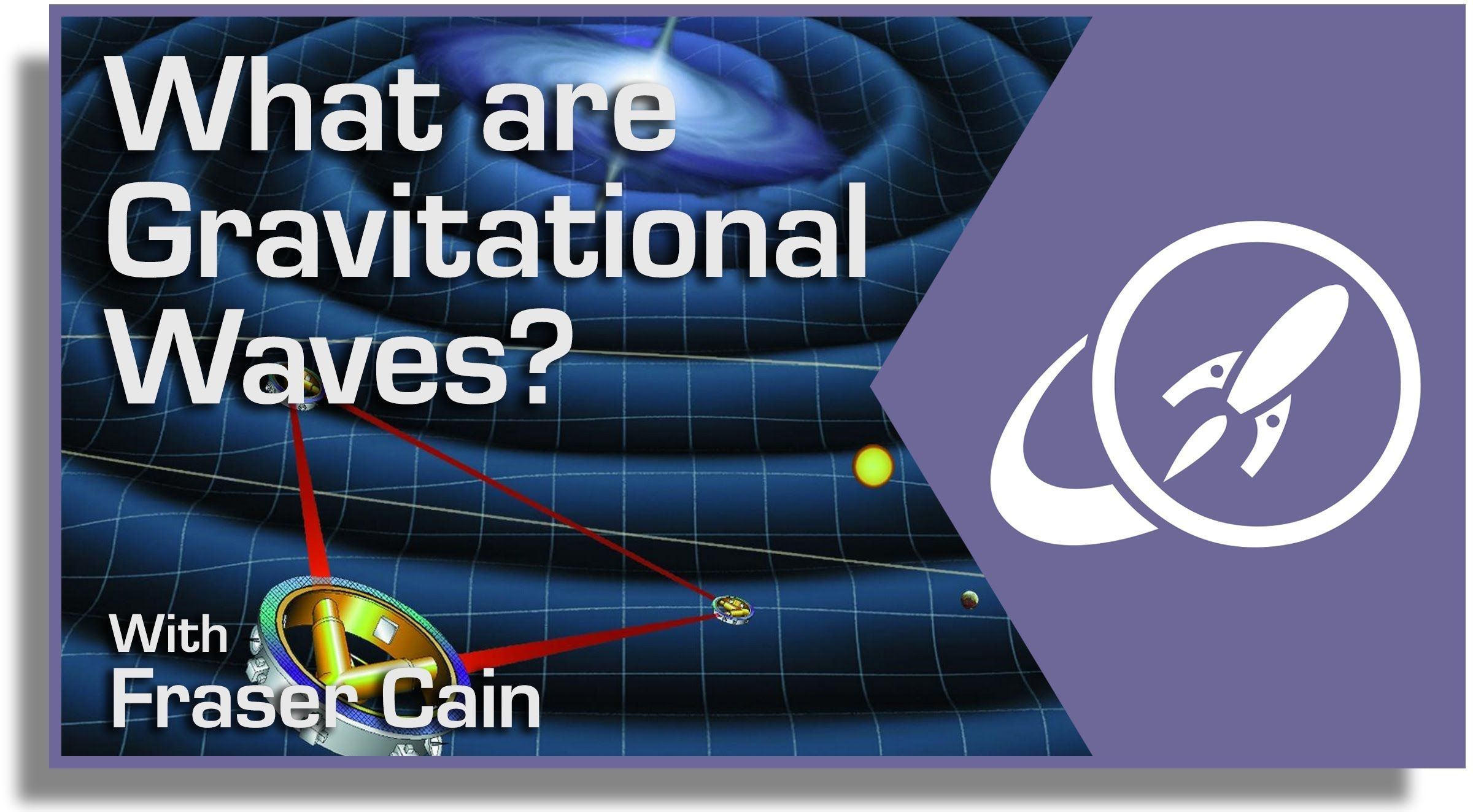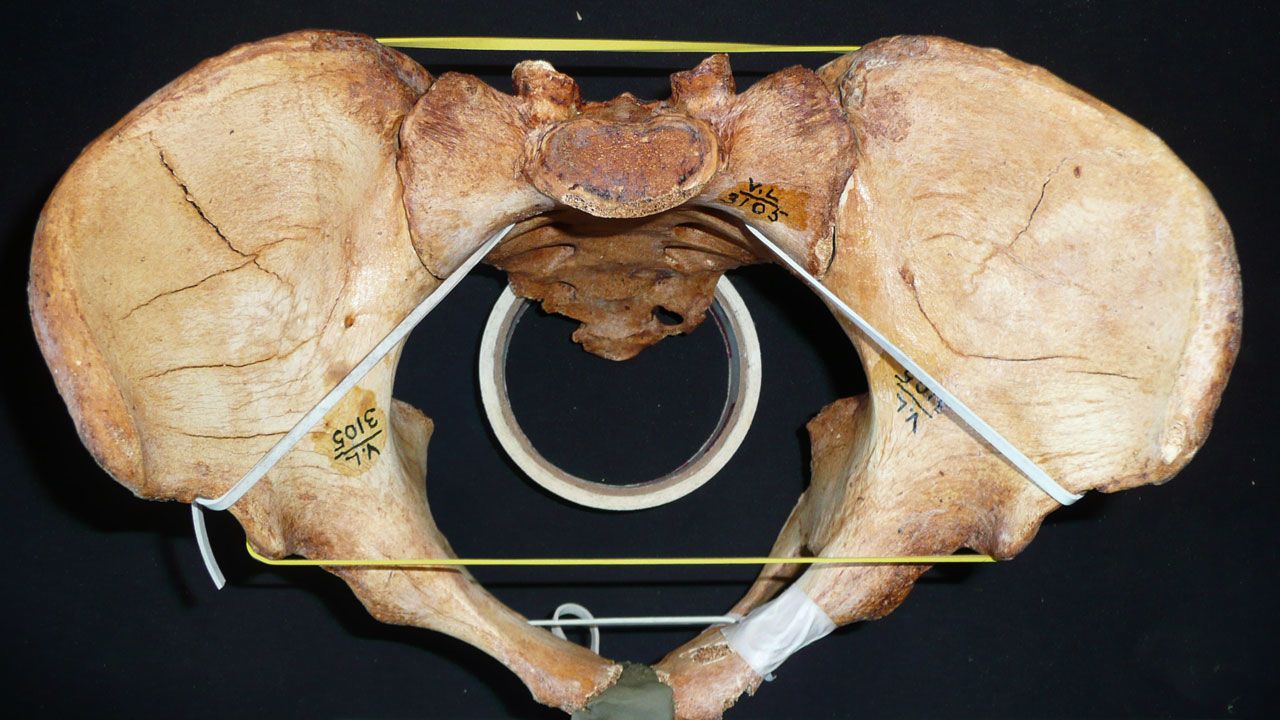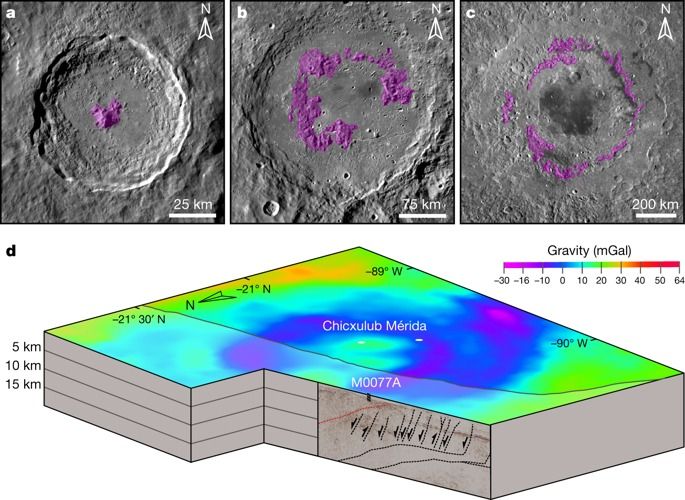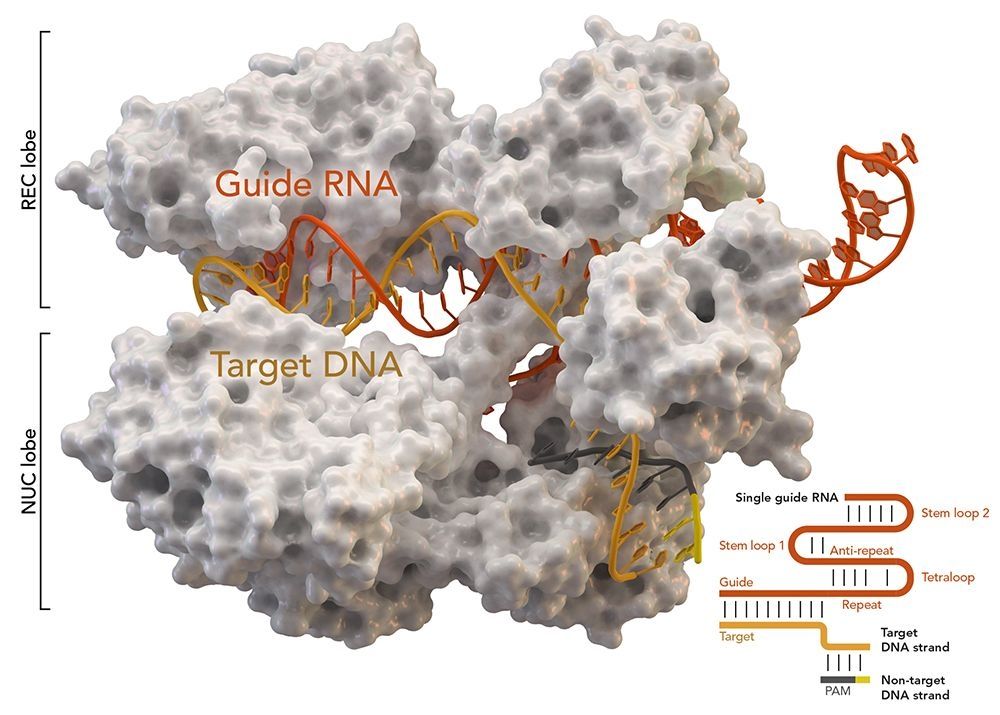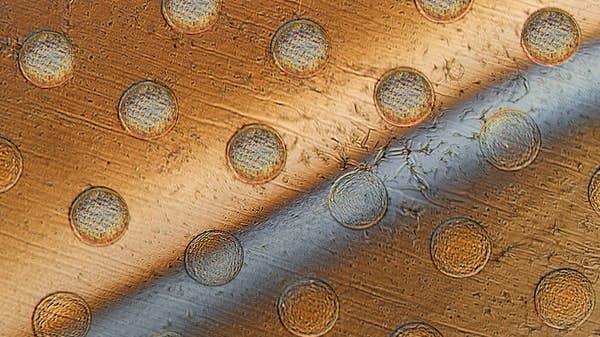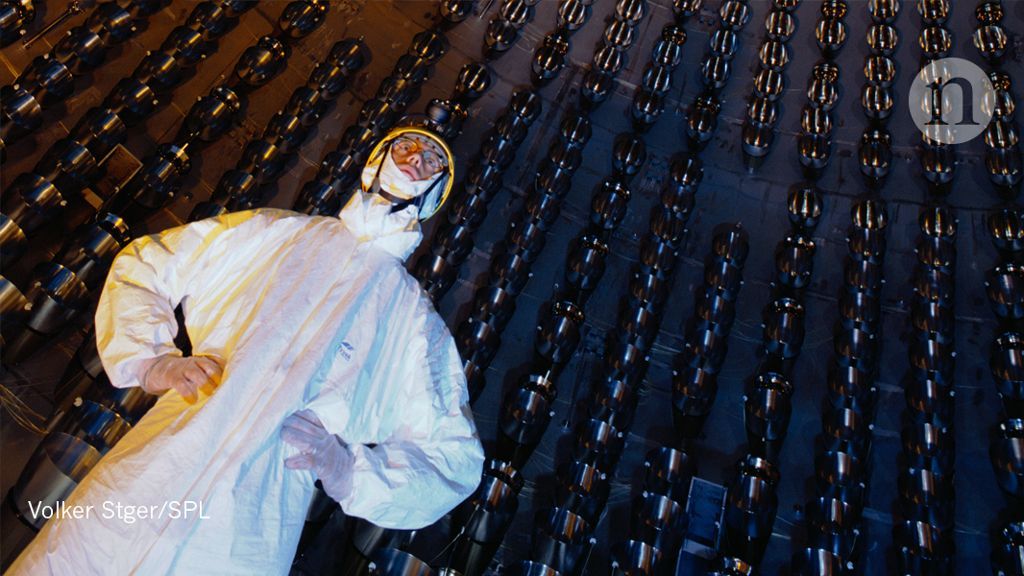Oct 24, 2018
It Could be Possible to Transfer Data Through Gravitational Waves
Posted by Genevieve Klien in categories: physics, satellites
This discovery not only opened up an exciting new field of research, but has opened the door to many intriguing possibilities. One such possibility, according to a new study by a team of Russian scientists, is that gravitational waves could be used to transmit information. In much the same way as electromagnetic waves are used to communicate via antennas and satellites, the future of communications could be gravitationally-based.
The study, which recently appeared in the scientific journal Classical and Quantum Gravity, was led by Olga Babourova, a professor at the Moscow Pedagogical State University (MPSU), and included members from Moscow Automobile and Road Construction State Technical University (MADI) and the Peoples’ Friendship University of Russia (RUDN).
Continue reading “It Could be Possible to Transfer Data Through Gravitational Waves” »
